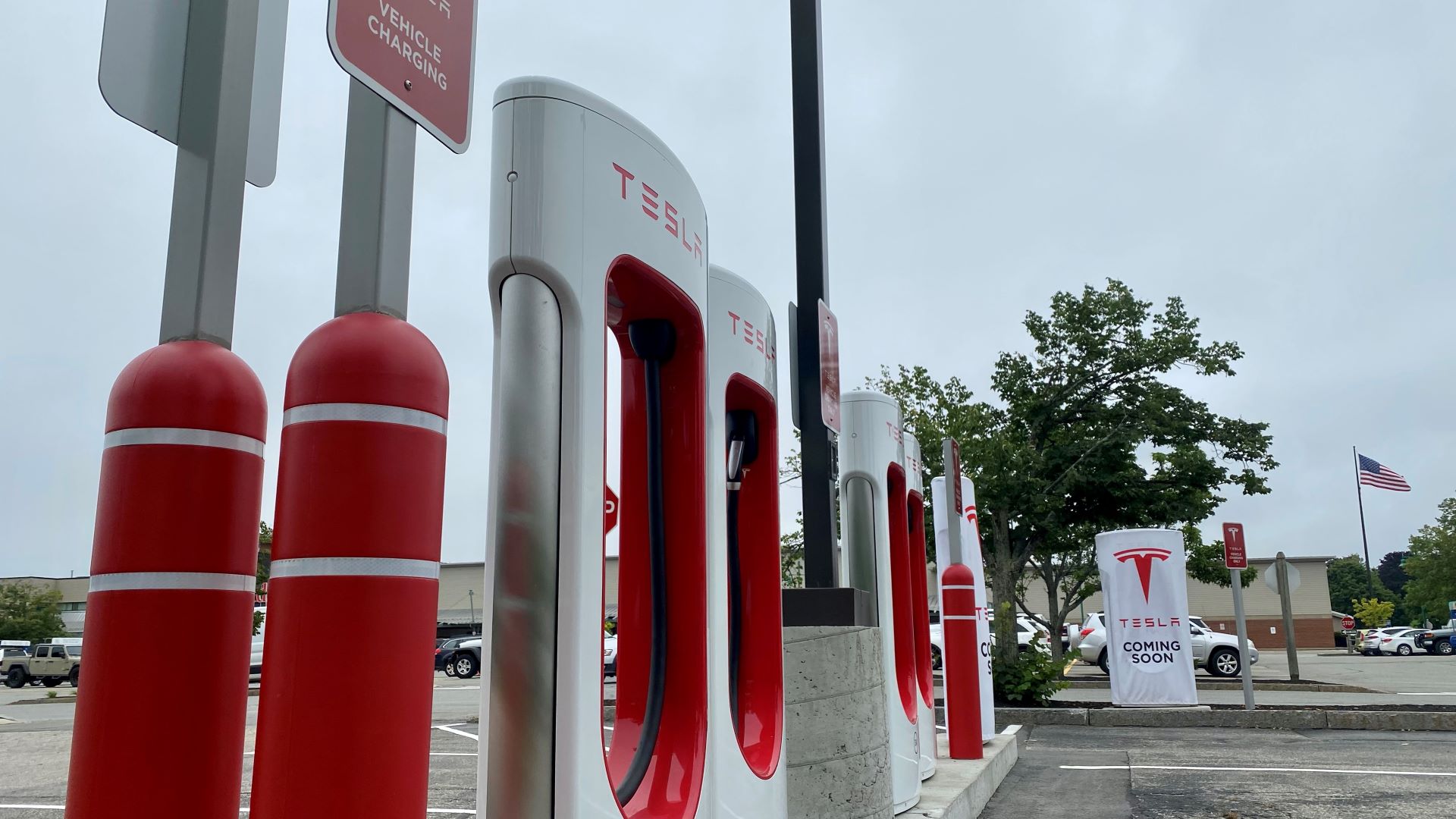Editor’s Note: The following story first appeared in The Maine Monitor’s free environmental newsletter, Climate Monitor, that is delivered to inboxes for free every Friday morning. Sign up for the free newsletter to get more important environmental news from reporter Kate Cough by registering here.
Many of my journalism colleagues are undoubtedly more efficient, but reporting (at least for me) often begins as a long exercise in flailing about, lots of deep Googling, and periodic panic that I have accidentally closed the one tab that held all of the vital information, the key to the story. I begin making phone calls only once I’ve grasped enough information on a subject to mostly avoid embarrassing myself in front of interviewees, or at least ask marginally informed questions.
But with the climate-health-tax legislation (also known as the Inflation Reduction Act) passed by Congress, I had no idea where to start, and my attempts at poring over the 750-page bill proved fruitless. So I called Jack Shapiro, climate and clean energy director for the Natural Resources Council of Maine, and asked him what is, on its face, a pretty basic question: What does the legislation mean for Maine?
Short answer: everyone is still figuring it out. But, said Shapiro, “It’s going to accelerate all of the key elements of the clean energy transition,” and that will impact all of us.
It’s helpful to think of the money in the bill (which includes $369 billion over ten years for climate and energy programs) in three buckets: transportation, home and building, and energy, said Shapiro. For Mainers, many of whom heat with oil and live in older, leaky houses with outdated systems, the tax credits and rebates associated with home efficiency upgrades could make some of the biggest difference.
According to Rewiring America, the bill includes $4.5 billion in direct rebates for low- and moderate-income households to incentivize the installation of more efficient electric appliances.
Low-income households (those who make 80% or less of area median income) would get the most money back, while moderate-income households (up to 150% of area median income) would be able to access rebates covering 50% of the cost.
Here’s a list of the rebates that will eventually be available:
Up to $8,000 for the cost of heat pump or space heating installation
Up to $1,750 for a heat pump water heater
Up to $840 for an electric stove, cooktop, range, or oven
Up to $840 for an electric clothes dryer
Up to $2,500 for upgraded electrical wiring
Up to $4,000 for a breaker box upgrade
Up to $1,600 for insulation, air sealing, and ventilation
Those programs are going to take time to set up, but once they’re in place, rebates will happen at the point of sale, saving people money up front, said Shapiro. In the meantime, the Act extends a tax credit for homeowners who make efficiency improvements. They can claim up to $1,200 a year or 30% of the total cost at tax time.
These federal incentives could also stack on top of those that Efficiency Maine already provides, said Shapiro, which already cover up to half of a $10,000 efficiency upgrade.
“There’s a lot of opportunity here in Maine for people to save money,” said Shapiro. “This is all about long term energy savings and making it more accessible and faster for people to be able to make these switches and start to benefit.”
Incentives like this could go a particularly long way in Maine, where three out of five households use fuel oil as their primary energy source for home heating, a higher share than any other state.
There are also provisions in the bill that are expected to lower energy costs by reducing the price of oil and natural gas and lowering certain costs for solar and offshore wind developers. That should spur competition and reduce electricity rates for consumers, said Shapiro, especially in New England, where the grid is very reliant on natural gas.
The legislation also shores up existing tax credits for residential solar and energy storage, such as batteries. Though 2032, homeowners could get up to 30% of the cost of installing a residential solar or energy storage system back at tax time, according to NPR.
Transportation, which accounts for 54% of Maine’s greenhouse gas emissions, is another area where the bill provides incentives that could lower the cost of buying an electric vehicle and make it more attractive for Mainers to make the switch.
Tax credits could shave up to $4,000 off a used electrical vehicle and $7,500 off a new one, as long as that vehicle doesn’t cost more than $55,000 for a car and $80,000 for a truck/SUV/van. Those tax credits could be available at the point of sale, said Shapiro, which means you wouldn’t have to wait until you file your taxes to access them.
“We think this is going to be really important for Maine as a low-income state,” said Shapiro. But, he added, “the biggest challenge for EVs right now is that they can’t build them fast enough. People really want to make this switch and the supply of these vehicles needs to catch up with the booming demand.”
It’s also likely that a majority of EVs on the market today won’t qualify for the credit. John Bozzella, president of the Alliance for Automotive Innovation, estimated that 70% of the 72 EV models available in the United States would not be eligible when the bill passes.
That’s partially because the Act requires vehicles to be assembled in North America, Bozzella said in a statement. It’s also because half of the $7,500 is tied to requirements that a certain amount of the critical minerals that make up the battery be extracted in a country with which the U.S. has a free trade agreement or have been recycled in North America.
“We can’t currently meet the demand for these materials on our own,” said Bozzella. The bill does provide money to boost production and recycling of these minerals, both at home and abroad, although those operations will likely take years to ramp up, and mining and processing is rarely without controversy.
But the credits may still help some Mainers offset the cost of an EV, which could save them money, particularly in an era of high and fluctuating gas prices. Lifetime ownership costs of an EV are also thousands of dollars lower than a comparable internal combustion engine vehicle, according to Consumer Reports. “We want more people to be able to access those savings,” said Shapiro.
Offshore wind turbines being readied for deployment in Holland.
Another area Maine could see big effects is in offshore wind manufacturing, said Shapiro.
“We would like to see Maine be the place where floating offshore wind gets manufactured,” he said, “And the kinds of programs in this in this bill for clean energy manufacturing are exactly the kind that line up with with trying to make that happen.”
The legislation incentivizes both the construction of projects, with a tax credit of 30% for offshore wind projects that begin construction before January 1, 2026, and a new 10% tax credit for the domestic production of wind components and specialized offshore wind installation vessels. There is also a $3 billion grant for reducing emissions at seaports and a provision that would allow for the development of offshore wind projects in Puerto Rico, Guam and the U.S. Virgin Islands.
Maine is in the midst of assessing its ports, in particular the port of Searsport, for the transportation, assembly and fabrication of offshore wind turbines. (That hasn’t been without controversy, which I wrote about last winter.)
Because offshore wind turbines and their foundations are so large, each component must be manufactured or assembled close to the water, with no bridges or electrical wires overhead and water deep enough to accommodate the ships to tow them out to sea. There are few ports (and few ships) that can handle such enormous parts, and there are no ports designed specifically for floating offshore wind anywhere in the world. The state began testing at Sears Island for the suitability of an offshore wind terminal this week, according to the Bangor Daily News.
“Whether we make that happen or whether that stuff gets built in Salem, Massachusetts because they move more quickly than us remains to be seen,” said Shapiro.
“First and foremost,” Shapiro continued, “this bill is going to make these lower cost, less expensive technologies more accessible to more people sooner in Maine. Whether that’s in people’s homes, the vehicles that they drive, or the energies that we use to power the grid. It’s going to speed that up.”
To read the full edition of this newsletter, see Climate Monitor: What the Inflation Reduction Act means for Maine.
Kate Cough covers climate change and the environment for The Maine Monitor. Reach her by email with ideas for other stories at gro.r1758255499otino1758255499menia1758255499meht@1758255499etak1758255499.








